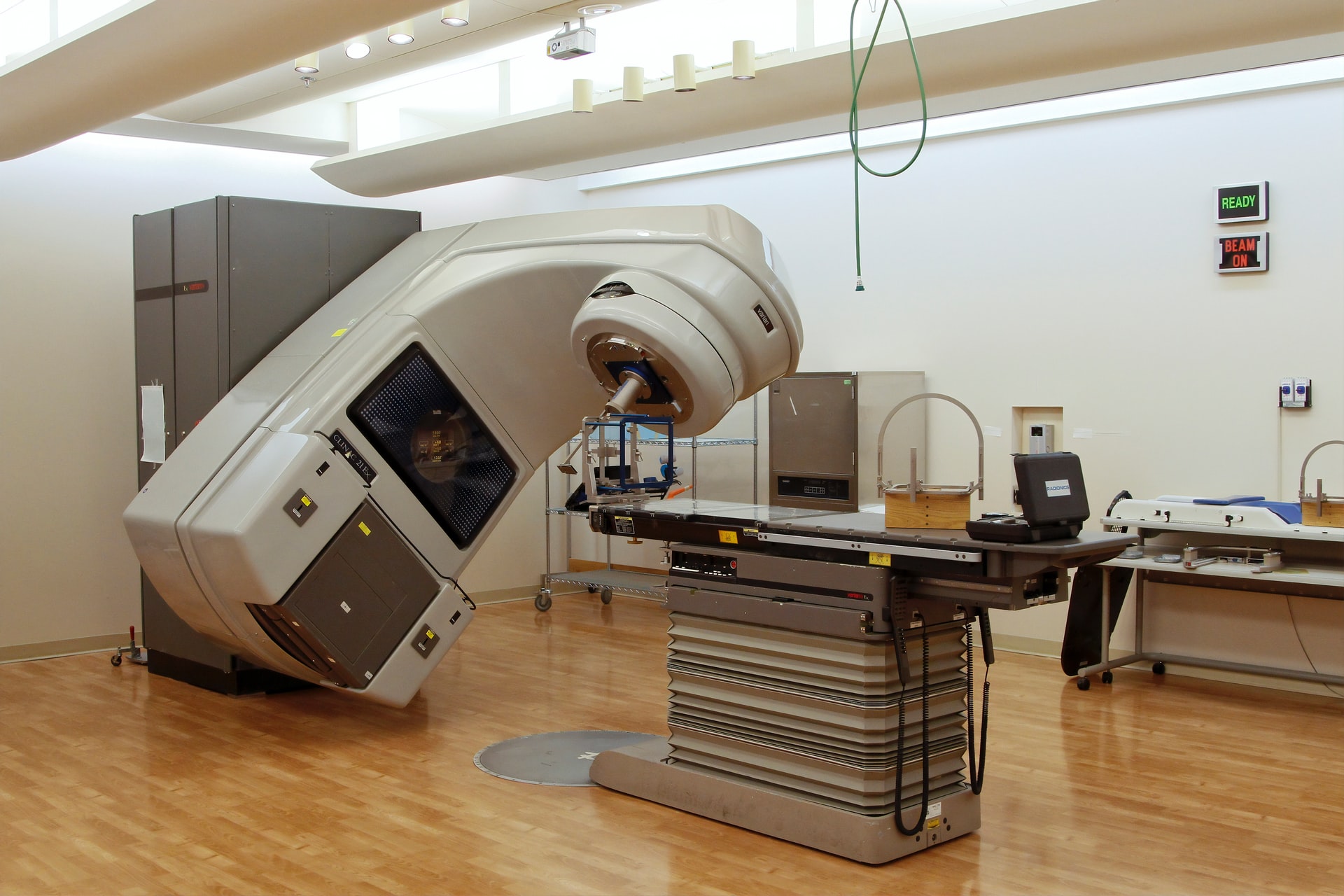
Summary
Goals
Approach
Result
Lessons
The COSMIC study was set up because there is no consensus on the appropriate treatment for patients with a central cord syndrome without evidence of spinal injury. A central cord syndrome is a condition in which patients suffer a partial spinal cord injury during a trauma, with more motor deficits in the arms than in the legs, sensory deficits below the level of the lesion, and/or bladder dysfunction. It has been shown that this form of paraplegia can (partially) recover spontaneously, but secondary neurological deterioration can also occur due to progression of compression on the myelum by, for example, oedema. To prevent this, a cervical decompression can be performed as a preventive measure. However, surgery is risky and not always necessary given the possibility of spontaneous recovery. So the question is whether it is better to wait or to operate. The aim of the study was to determine whether conservative treatment, which has been promoted in the past and is still advocated, has the same clinical outcome as early surgical decompression. The theoretical advantage of early surgical decompression would be that it prevents secondary damage after a certain type of transverse injury due to neck trauma, where damage to the cervical spine is not radiologically visible.
Transverse lesion patients participating in this study were randomised into a conservative or operative group. It was important that there was no evidence of osseous or ligamentous damage on MRI or CT. Patients in the operative group underwent surgery within 24 hours of the trauma. The patients were then followed up for two years, during which time we looked at the daily functioning of both patient groups. The hope was to gain insight into which patient group has a better functional outcome two years after the trauma.
To investigate this, it was decided to conduct a multi-centre randomised study. After one and a half years, only one patient was found eligible for this study. The researchers had hoped to include around 20 patients a year. All those who initially seemed eligible were nevertheless excluded on the basis of MRI or CT findings. The main reason is that the inclusion criterion of central cord lesion without radiologically visible damage to the cervical spine is very rare (because of abnormalities on MRI or high-resolution CT), while in the old literature this should be more common.
The aim of the COSMIC study is to determine the appropriate treatment in patients with central cord syndrome without evidence of spinal injury. To investigate this, a multi-centre randomised study was chosen. After one and a half years, only one patient was eligible for this study, whereas it was hoped that around twenty patients would be included.

Comments (0)